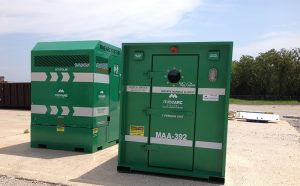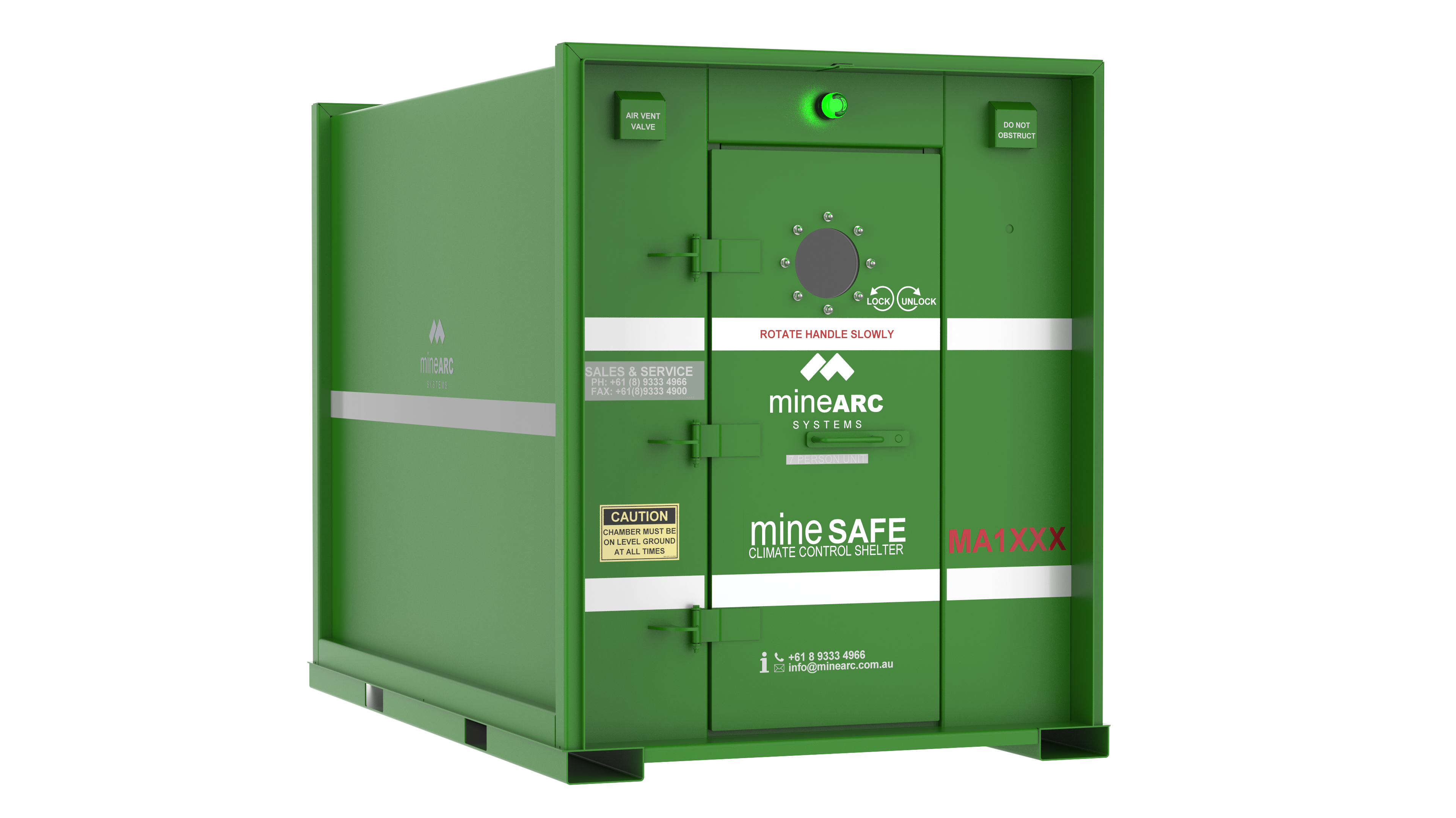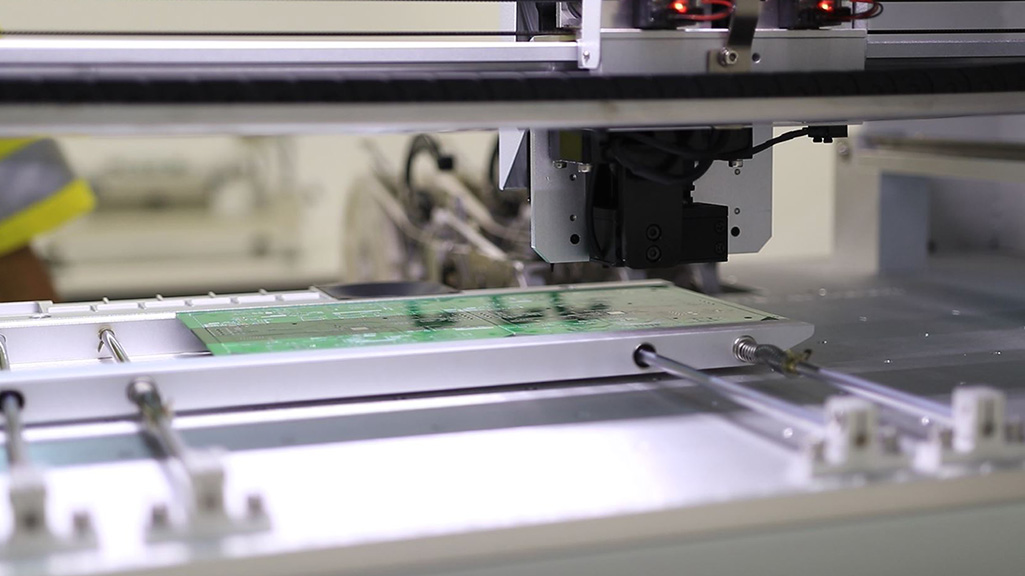Combating heat stress in underground mines has long been a cause for concern throughout the industry. Experienced as a result of the relatively narrow range of climatic conditions within which the unprotected human body can operate efficiently.
Heat stress occurs when heat is absorbed into the body faster than it can be lost. Several factors may contribute to heat stress, including temperature, humidity, the type and duration of the work activity, and the individual’s physical condition.

To date, factors for combating heat stress include ensuring that workers are:
- Appropriately clothed
- Acclimatized to high heat environments
- Adequately hydrated
- Sufficiently rested
Reducing Heat Stress in a Mining Environment
This could mean leaving the work area and travelling extended distances to an underground break room in the mine environment. Generally, for conditions in which the wet bulb temperature exceeds 90°F (32°C), miners are legally required to have a ten-minute break every two hours. Depending on the size of the mine, this can contribute to several hours of lost time each shift.
In order to combat the effects of heat stress and minimize costs associated with it, MineARC Engineers have devised a cost-effective solution, which is the Climate Control Shelter (CCS).
Drawing on our experience in fire-resistant chamber technology, the CCS utilises a 1″ glass wool rigid board clad between the refuge’s steel structure. The CCS is a portable, thermally insulated structure, limiting the transfer of heat between the internal chamber and the external environment. This allows occupants to set the split system air conditioner to any desired running temperature (including heating for cold climates) for the internal temperature to equalize quickly. Also included are hand wash facilities, cushioned seating, communication entry ports, external fire extinguisher, internal and external lighting, and a portal window.






